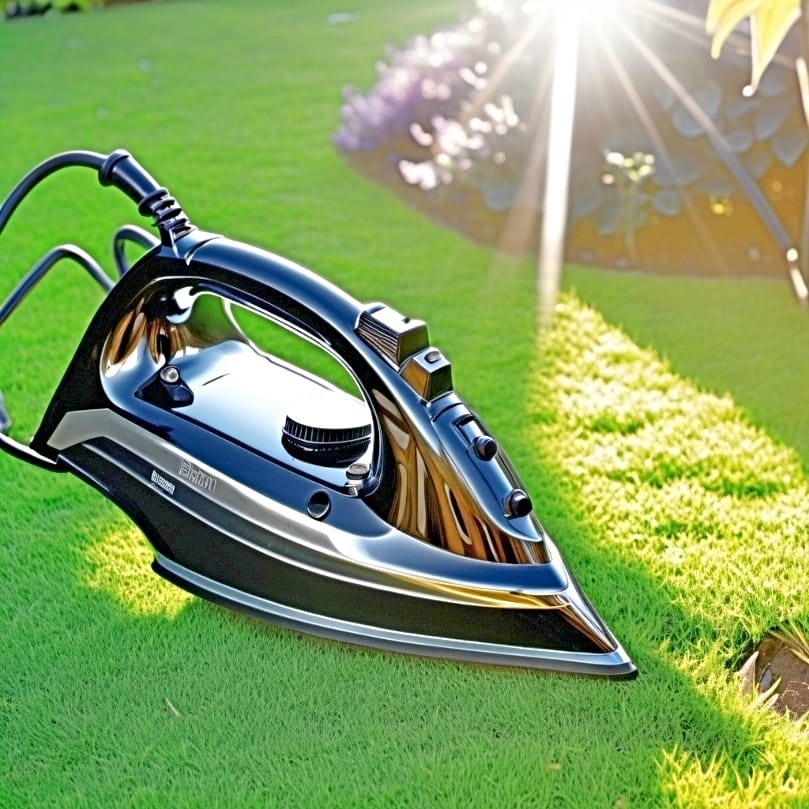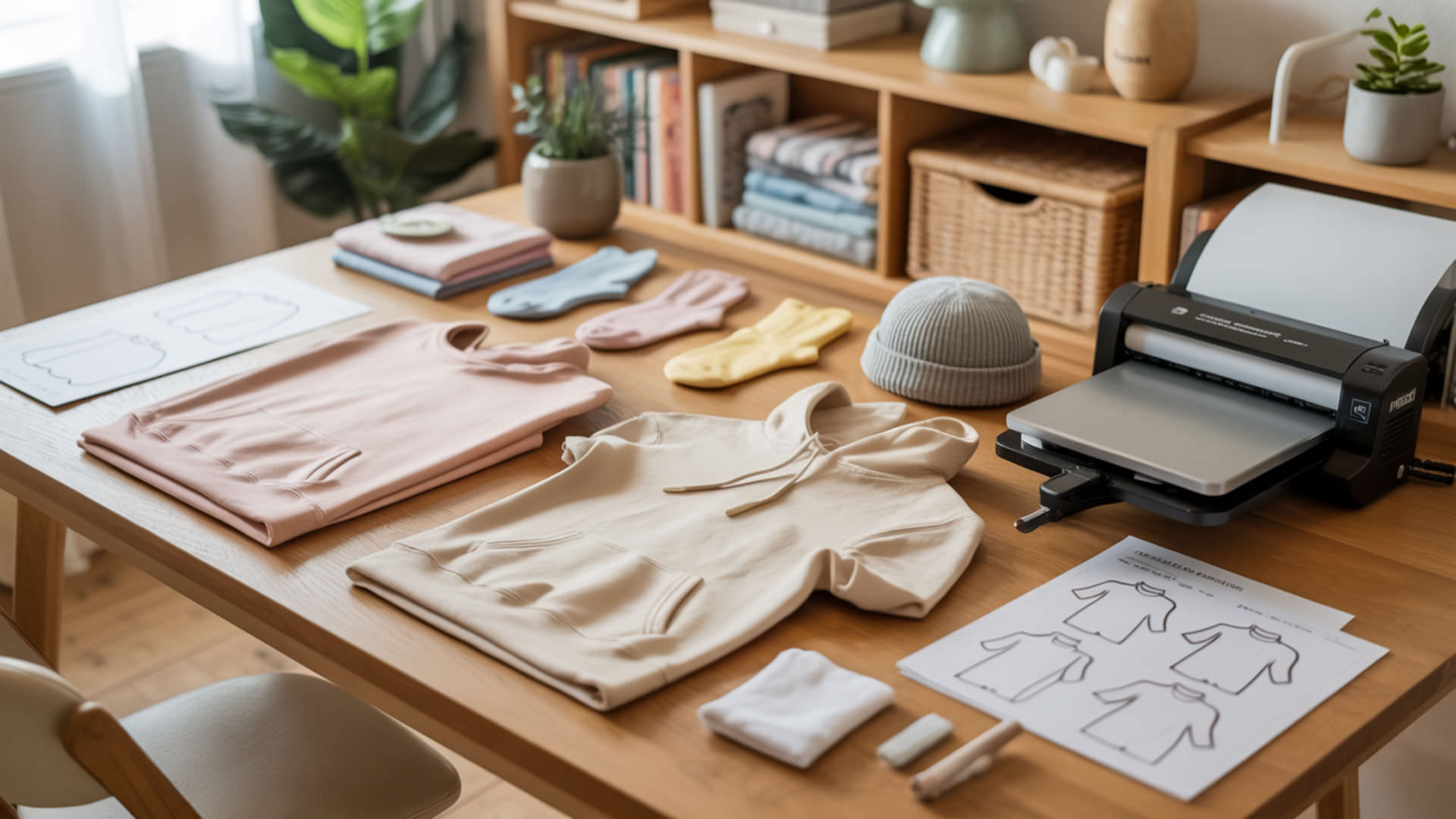Table of Contents
ToggleSo you are struggling with your sublimation prints? There is nothing to worry about! Discovering the optimal sublimation heat press settings is key to achieving vivid, high-quality transfers. The success of your project hinges on the precise control of temperature, pressure, and time, tailored to your specific substrate. In this guide, you’ll unlock the formula for perfect settings and take your sublimation to the next level. Know that we are here to take care of all your sublimation needs! Join us on this stunning and beautiful journey through the ocean of sublimation!
Key Takeaways
- Getting the heat press settings right (temperature, pressure, and time) is as crucial as using the right ingredients in a recipe, ensuring high-quality, vibrant prints in sublimation.
- The heat press settings need to be adjusted for different materials, and consistent calibration is essential for optimal results and to troubleshoot common sublimation issues like ghosting or color fading.
- To achieve the best results on various fabrics and specialty items with sublimation, such as socks and shirts, using the right tools and techniques, including high-quality sublimation paper, vibrant inks, and understanding the fabric’s characteristics, is key.
The Crucial Role of Heat Press Settings in Sublimation
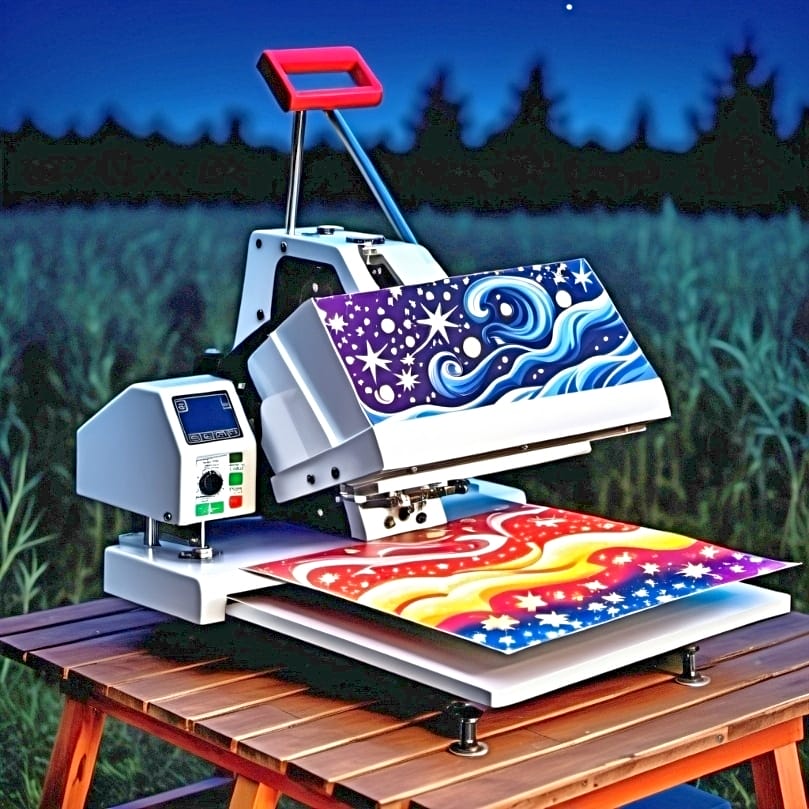
Sublimation printing is similar to cooking a gourmet meal. Each heat press setting in sublimation printing is as crucial as every ingredient and cooking temperature in a recipe. It’s a delicate dance between temperature, pressure, and time that leads to those high-quality, vibrant prints we all desire.[1]
These three elements are your secret ingredients, dictating how the sublimation ink interacts with the substrates, thus influencing the quality and vibrancy of the final print. Getting them right is the cornerstone of successful sublimation printing.
The Impact of Temperature on Sublimation Quality
You may question, ‘what role does temperature play in this process?’ The answer lies in the very definition of sublimation – the transformation of a substance directly from solid to gas. During sublimation printing, the sublimation ink turns into gas under the influence of heat, and the higher the temperature, the more vibrant the colors of your print. However, if the temperature is too low, the colors may appear dull, as insufficient heat fails to adequately activate the dye, especially on synthetic materials like polyester. Essentially, controlling temperature is about striking a perfect balance.
Too much heat can cause damage or burning, while too little can result in uninspiring, dull prints. It’s all about finding that sweet spot where the ink turns into gas and embeds into the substrate perfectly.
Pressure: Finding the Sweet Spot for Sublimation
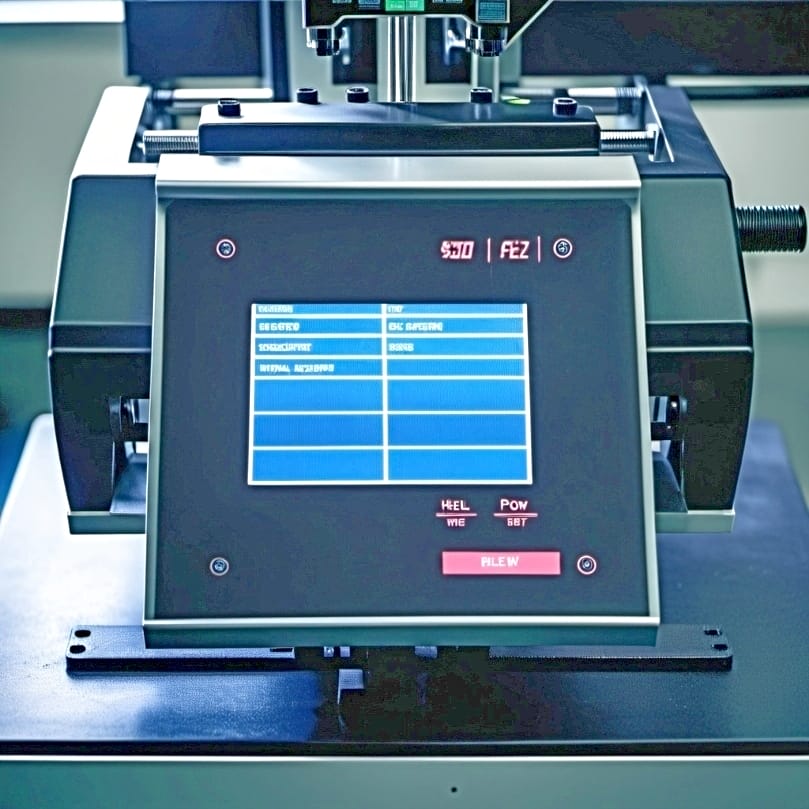
Pressure is another key factor in the sublimation process. Just as a chef applies just the right amount of pressure to knead dough to perfection, in sublimation, medium pressure is needed to achieve an effective transfer of the design onto the substrate. Think of it as the force that ensures the sublimation paper and the substrate are in full contact, allowing for a complete and uniform transfer of sublimation ink. The key here is consistency. Just as a chef maintains a steady hand when piping icing on a cake, maintaining a consistent application of medium pressure is key to achieving high-quality sublimation prints, as it supports optimal heat and ink absorption into the substrate.
⫸ Click Here For Best Selling Sublimation Printers And Products ⫷Timing is Everything: Optimal Press Time for Sublimation
Finally, let’s talk about timing. Much like how overcooking can ruin a dish, improper press time can lead to blurry and faded images in sublimated items. The optimal press time for sublimation generally ranges from 45 to 75 seconds and is dependent on the type and properties of the substrate material. It’s a bit like baking cookies – different types of dough require different baking times. Similarly, different substrate materials require different press times. Therefore, verifying and adjusting the recommended settings can help achieve better results.
A handy trick here is to pre-press substrates for 5-10 seconds at a high temperature before sublimation. This eliminates moisture, which is crucial for preventing printing issues.
Mastering Sublimation Heat Press Settings: A Step-by-Step Guide

Having covered the basics, we’ll now proceed towards mastering the sublimation heat press settings. Much like how every recipe requires a specific set of instructions, each sublimation blank requires a unique set of heat press settings. But don’t worry, with consistent practice and calibration, you can fine-tune your heat press settings and achieve those professional-level prints.
We’ll now begin this step-by-step guide to perfecting your heat press settings using a heat press machine.
Adjusting Settings for Different Sublimation Blanks
Just as you would alter your cooking technique for different ingredients, in sublimation, you need to adjust your heat press settings for different sublimation blanks. Manufacturers provide recommended settings for their specific sublimation blanks, which should be consulted before printing. For instance, stainless steel tumblers typically require a temperature range of 360°F to 385°F, a press time of 100+ seconds, and medium pressure at around 40 psi.
The optimal heat press temperature and time can significantly differ based on the substrate type and the heat press model being used. Hence, adjusting your heat press settings to suit the specific sublimation blank you’re working with is imperative.
Calibrating Your Heat Press for Consistent Results
Calibrating your heat press is an integral part of the sublimation process. Just like a musician tunes their instrument for the best sound, you need to calibrate your heat press for the best print quality. By using a non-contact infrared thermometer, you can periodically check the platen’s surface temperature to ensure accurate heat press settings. This can help you identify hot or cold zones in your heat press, allowing for calibration or repair if needed.[2]
Plus, if you’re facing issues with uneven pressure, you can use a pressure indicator film on the heat platen to show areas of high and low pressure distribution for adjustment. Ultimately, calibration is paramount as it facilitates the achievement and replication of optimal heat press settings for future sublimation projects.
Ensuring Even Heat Distribution
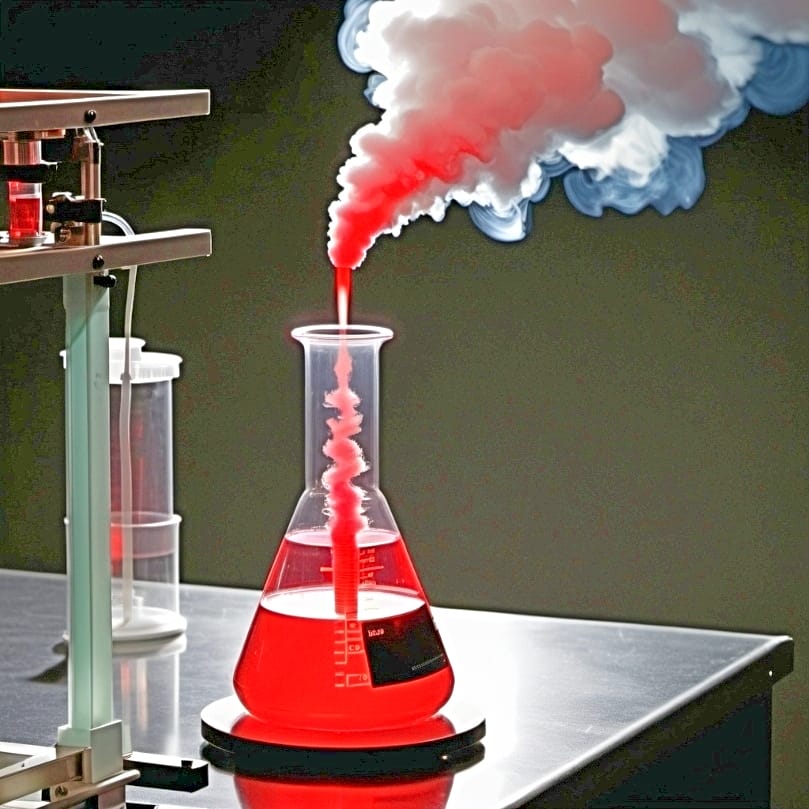
In sublimation, even heat distribution is as important as evenly spreading frosting on a cake. To ensure accurate heat press settings, use a digital pyrometer to verify the platen’s surface temperature. For instance, the heat platen should maintain a uniform temperature with no more than a 2-3°F difference across its surface.
Proper pressure settings and a stable, level press are crucial for even heat distribution, and using a pressure distribution mat can help achieve an even surface. To ensure an even heat distribution across the substrate, accessories such as Teflon sheets and thick silicone pads should be used during the sublimation process.
Essential Tools for Sublimation Success
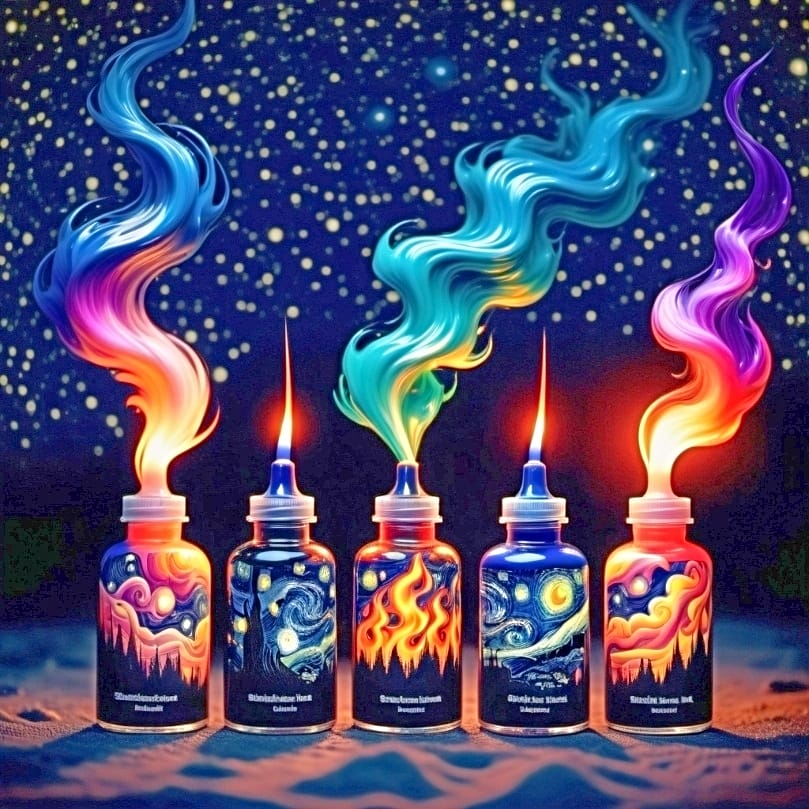
Just as a painter requires high-quality brushes and paints to create a masterpiece, successful sublimation necessitates the right tools. These include:
- High-quality sublimation paper
- Vibrant sublimation ink
- Heat-resistant tape
- Teflon sheets
We’ll examine each tool in detail.
Choosing the Right Sublimation Paper
The first tool in your sublimation toolkit is sublimation paper, and choosing the right one is crucial for producing sharp, vibrant prints with accurate color reproduction. High-quality sublimation transfer paper can significantly improve the vibrancy and longevity of your designs. Various brands of sublimation paper perform differently according to the printer they are paired with.
For instance, TexPrint R is known for bright reds, while Hiipoo is known for even colors. Hence, selecting the proper sublimation paper is crucial for enhancing the color vibrancy on the final product.
Selecting Sublimation Ink for Vibrant Prints
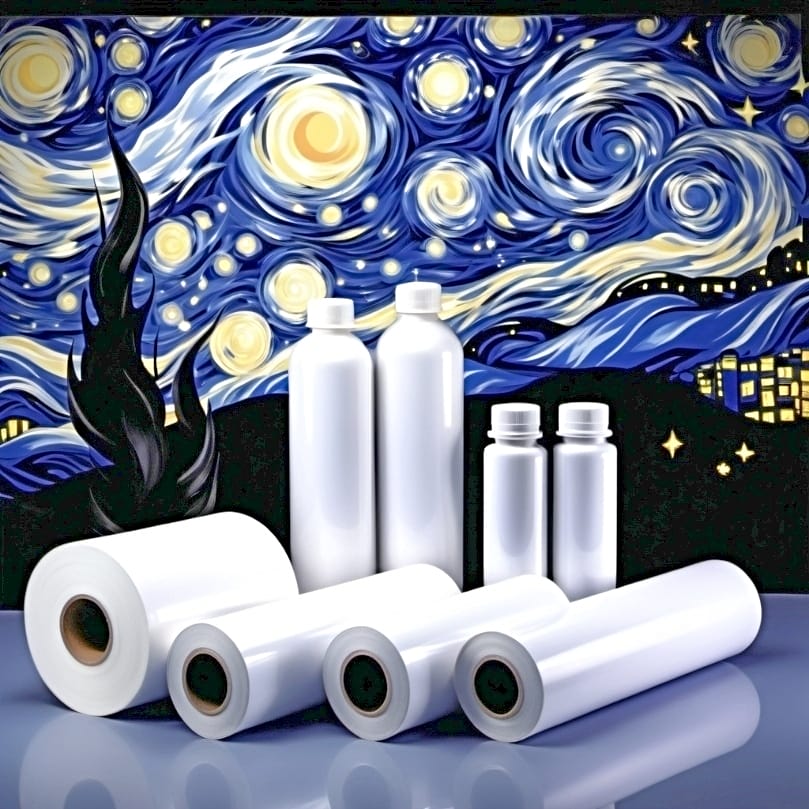
Next, we have sublimation ink. Just as a chef selects high-quality ingredients for their recipes, you should select high-quality sublimation ink for vibrant and long-lasting prints. The selection of sublimation ink should ensure compatibility with both the sublimation printer and the substrate to maximize print quality and durability. Using sublimation ink instead of regular inkjet ink can prevent issues like less vibrant colors and yellow shading on substrates such as mugs.
While professional-grade sublimation inks come with a higher cost, more affordable options are available that still offer good quality, making sublimation accessible for hobbyists and smaller scale crafters.
The Importance of Heat-Resistant Tape and Teflon Sheets
Last but not least, let’s discuss the importance of heat-resistant tape and Teflon sheets in sublimation printing. Heat-resistant tape is crucial in sublimation printing to prevent design shifting and ensure correct alignment of designs on soft substrates like t-shirts and socks. On the other hand, Teflon sheets serve as a barrier during the sublimation process, preventing sublimation ink from staining the heat press or transferring onto unintended areas.
Therefore, adding heat-resistant tape, Teflon sheets, and heat transfer paper to your sublimation toolkit is crucial for producing clean, professional final products free from defects like ink migration or heat press damage.
Troubleshooting Common Sublimation Issues
Just as a mechanic troubleshoots a car’s issues, in sublimation, you’ll need to troubleshoot common issues to ensure the best results. Whether it’s adjusting pressure or resolving issues related to too much heat, we’ve got you covered. Let’s examine some common issues and ways to resolve them.
Resolving Too Much Heat or Pressure Problems

Excessive heat or pressure during sublimation can lead to quality issues like blurry transfers, ghosting, or substrate damage. To correct these issues, adjustments can be made by reducing the temperature, pressure, or time based on test print results. It’s all about finding the right balance. Just as a cake can turn dry if baked at too high a temperature or for too long, your sublimation prints can turn out less than perfect if the heat or pressure is too much. We discuss the reasons for why your sublimation is turning out blurry in another guide.
A handy trick here is to allow the platen of the heat press machines to return to the correct temperature before subsequent heat presses to maintain consistent heat and prevent quality issues.
Addressing Insufficient Heat and Light Pressure
On the other end of the spectrum, insufficient heat and light pressure can also lead to sub-optimal results. Incomplete or pale transfers often result from not using enough heat or pressure during the sublimation process. Therefore, it’s crucial to conduct a test print with variable temperatures and pressures to establish the optimal settings for a particular substrate.
If the test print reveals a design that is too light or faded, an increase in temperature or pressure should be considered to achieve better transfer quality.
Optimizing Sublimation Printing on Various Fabrics
Now, we will look at how to optimize sublimation printing on various fabrics such as polyester and cotton. Each fabric requires a unique approach and understanding of heat press settings.
Let’s investigate how to enhance your sublimation prints on these fabrics.
Achieving Vibrant Transfers on Polyester Fabric
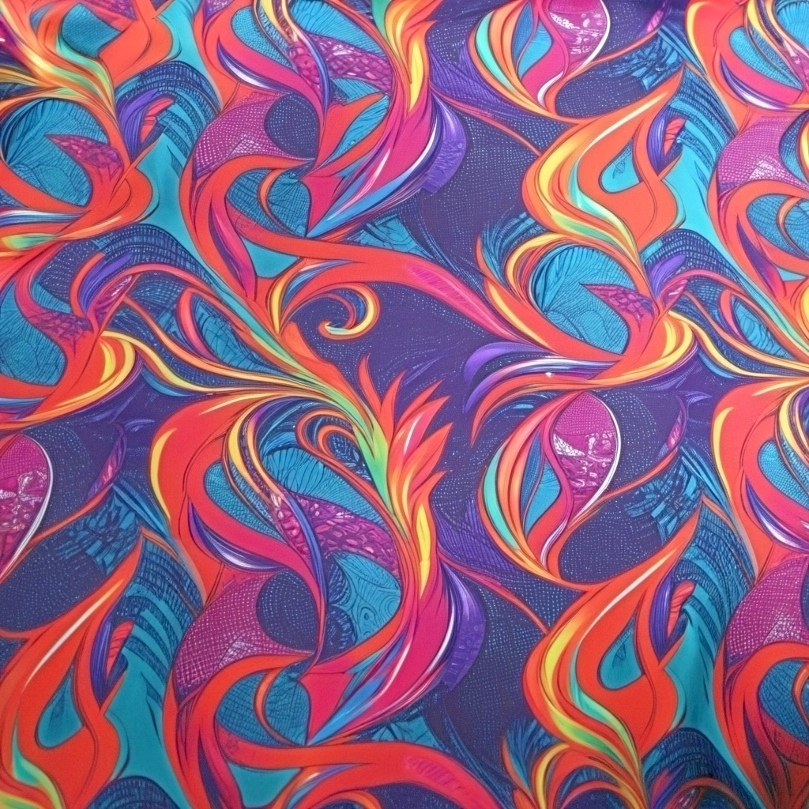
When it comes to sublimation, polyester fabric is a popular choice due to its ability to hold vibrant, long-lasting colors. Here are some key factors to consider when sublimating polyester fabric:
- The optimal temperature range for sublimating polyester fabric is between 375°F to 400°F. This ensures that the sublimation ink turns into gas and transfers vibrantly.
- For achieving vibrant transfers on polyester fabric, the recommended press time is between 40 to 75 seconds. This allows the ink to fully transfer into the fabric’s fibers.
- Applying light to medium pressure, around 35 to 50 psi, is crucial for transferring the sublimation ink onto polyester fabric without damaging it.
By following these guidelines, you can achieve high-quality sublimation prints on polyester fabric.
Special Considerations for Sublimation on Cotton Fabric
Cotton, on the other hand, requires some special considerations for successful sublimation. Special coatings or treatments are necessary for sublimation on cotton to ensure the ink bonds with the fabric and to prevent fading. A pre-treatment spray or coating is recommended when sublimating on cotton to improve the vibrancy and longevity of the transfer.[3]
Sublimating on cotton requires lower temperatures compared to polyester to avoid scorching the fabric. For cotton fabric, the sublimation process involves:
- Pre-pressing the fabric for 3-5 seconds at 310 to 330°F to remove moisture.
- Placing the sublimation transfer on the fabric.
- Applying heat and pressure with a heat press for 40 to 60 seconds to transfer the design onto the fabric.
By following these steps, you can successfully sublimate on cotton fabric.
Sublimation Heat Transfer Vinyl: A Unique Approach

Sublimation heat transfer vinyl (HTV) provides an efficient way to apply sublimation designs to sublimation shirts, dark-colored shirts, and materials that are not usually suitable for sublimation. It’s a unique approach that broadens the possibilities of sublimation and opens up a world of creative opportunities.
Let’s examine the process of preparing and applying sublimation HTV.
Preparing and Applying Sublimation HTV
The process of applying sublimation HTV is quite similar to applying a decal or a sticker. You first cut the vinyl to the design shape, weed out excess material, and then heat press it onto the substrate. It’s crucial to follow manufacturer-specific instructions for cutting and pressing sublimation HTV to ensure proper adhesion and quality of the transfer.
For successful sublimation on pre-pressed HTV, the design should be carefully aligned on the HTV, taped down to prevent shifting, and then pressed at higher temperatures, such as 375°F for 30 seconds.
Tips for Successful Sublimation HTV Projects
For successful sublimation HTV projects, it’s essential to be well-prepared and understand how to use design software like Adobe Photoshop, Illustrator, or Corel Draw for optimizing images for the specific requirements of sublimation projects.
Additionally, maintaining an ample supply of sublimation blanks and preparing well for larger orders ensures continuity of work and timely order fulfillment.
Advanced Techniques for Specialty Items
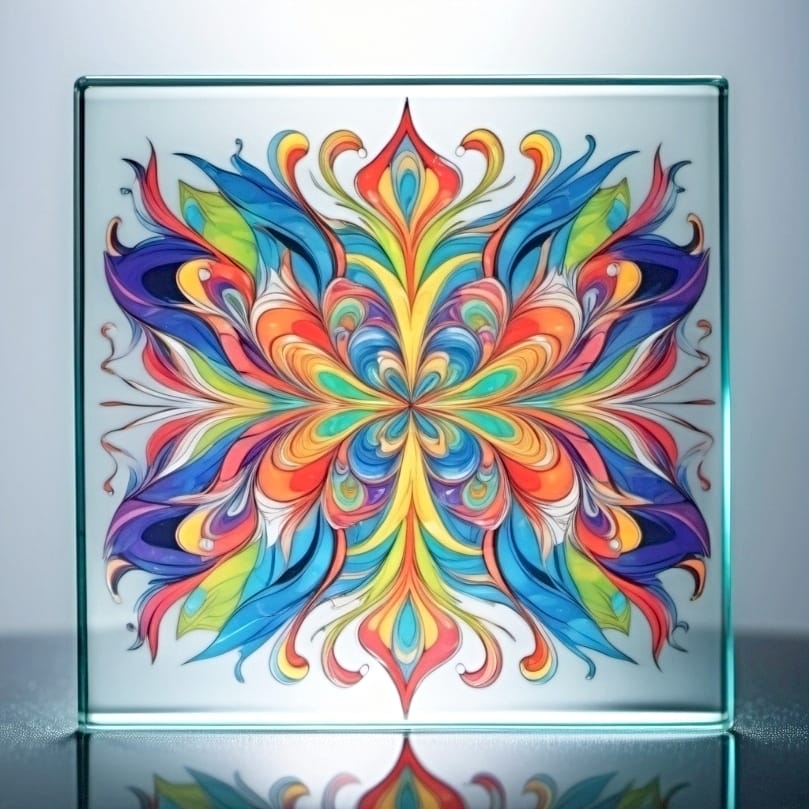
Once you have a good grasp of the basics, you might be interested in experimenting with sublimation on specialty items. Just as a chef experiments with exotic ingredients to create unique dishes, you can try sublimating on ceramics, glass, or metal to create unique pieces.
Let’s explore some advanced techniques for these specialty items.
Sublimation Techniques for Hard Surfaces
Sublimating on hard surfaces like ceramics and glass requires a unique approach. For instance, sublimation on ceramic tiles requires a special sublimation coating to accept the sublimation dye. Similarly, when sublimating on metal panels, a specific type of sublimation paper designed for hard surfaces can yield superior results.
For glass, the sublimation process includes cleaning with alcohol, and using medium pressure, with exact temperature and time settings derived from ‘sublimation cookbooks’.
Tips for Sublimating on Unusual Shapes and Sizes
Sublimating on unusual shapes and sizes, such as curved tumblers or odd-shaped mouse pads, requires a heat press designed to accommodate various dimensions and contours. Just as a skilled sculptor molds clay into various forms, mastering sublimation on unusual shapes and sizes requires practice and precision.
Enhancing Print Quality with High Saturation Modes

Finally, let’s discuss how to improve the quality of your prints. Much like how a photographer enhances the colors in their photos, you can enhance the vibrancy of your sublimation prints by using high saturation modes. Here’s the method.
The Role of Printer Settings in Sublimation
Adjusting print quality settings in the printer driver ensures even and consistent ink distribution, which is crucial for achieving the best print quality. Just as a painter mixes their colors to get the desired shade, you can manually adjust printer settings such as brightness, contrast, and saturation to achieve the desired color output.
Selecting a high-quality matte paper setting, like ‘premium presentation paper matte’, in the printer preferences can significantly improve color saturation for sublimated items.
How to Choose High Saturation Modes for Better Color
When it comes to choosing high saturation modes for better color, a few adjustments can make a big difference. Choosing high-quality settings such as ‘high’ or ‘best’ in the printer driver and increasing saturation in image editing software can both significantly enhance the color saturation of sublimation prints.
Additionally, adjusting individual color levels, specifically cyan, magenta, and yellow, allows for fine-tuning color output, leading to prints with richer colors tailored to specific project requirements.
To understand whether you can use an iron for your sublimation crafts, make sure to read my detailed article!
Summary
Heat press options are many, from the Cricut Easy Press 3 for crafters, to those by HTVRONT and Fancierstudio. In conclusion, mastering your heat press settings is a crucial step in perfecting the art of sublimation printing. Whether it’s selecting the right sublimation paper or adjusting your heat press settings, every step plays an integral role in the final result. Remember, it’s a delicate dance of temperature, pressure, and time. With consistent practice, not only can you avoid common sublimation issues, but you can also achieve those vibrant, high-quality prints on a variety of substrates, from polyester fabric to specialty items. So, are you ready to master your heat press settings and embark on a rewarding sublimation journey?[4]
Frequently Asked Questions
What temperature and time do you press sublimation?
For ceramic mugs, you can press at a temperature of 370-400 degrees Fahrenheit for 150-210 seconds. This will ensure proper sublimation.
What temperature do you heat press sublimation on cotton?
When heat pressing sublimation on cotton, aim for a temperature of 380-400°F and a pressing time of 40 to 60 seconds for best results.
How long do I sublimate a 20 oz tumbler?
You should start by setting your tumbler press to 365F and press for 40 seconds, then rotate and press for another 40 seconds. Remove the tumbler from the press, allow it to cool, and then remove the tape.
What is the ideal pressure for sublimation?
The ideal pressure for sublimation is medium pressure, as it allows for complete and uniform transfer of sublimation ink by ensuring adequate contact between the transfer paper and the substrate.
What are some common issues in sublimation and how can they be resolved?
To avoid common sublimation issues like blurry transfers or substrate damage, adjust the temperature, pressure, or time based on test print results. This can help resolve these issues and improve the quality of your transfers.
References
- Sublimation | Encyclopedia.com. (n.d.). https://www.encyclopedia.com/science-and-technology/physics/physics/sublimation
- 2.3. Calibration. (n.d.). https://www.itl.nist.gov/div898/handbook/mpc/section3/mpc3.htm
- Elmogahzy, Y. E., & Farag, R. (2018). Tensile properties of cotton fibers. In Elsevier eBooks (pp. 223–273). https://doi.org/10.1016/b978-0-08-101272-7.00007-9
- Sanci, E. (2024a, January 16). All of the fun ways we use the cricut (And what you need to craft at home). Wirecutter: Reviews for the Real World. https://www.nytimes.com/wirecutter/reviews/staff-cricut-crafting-tips/







